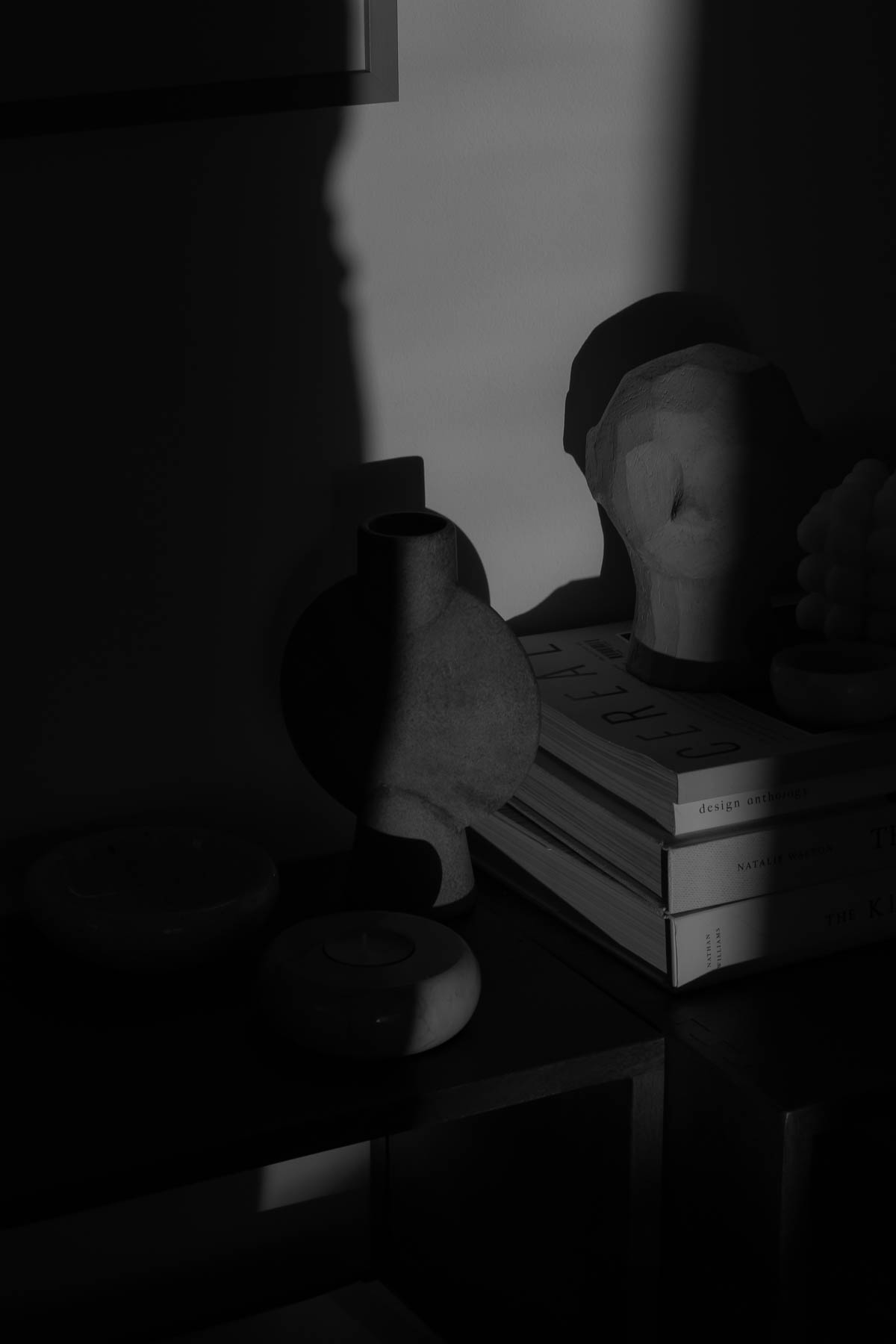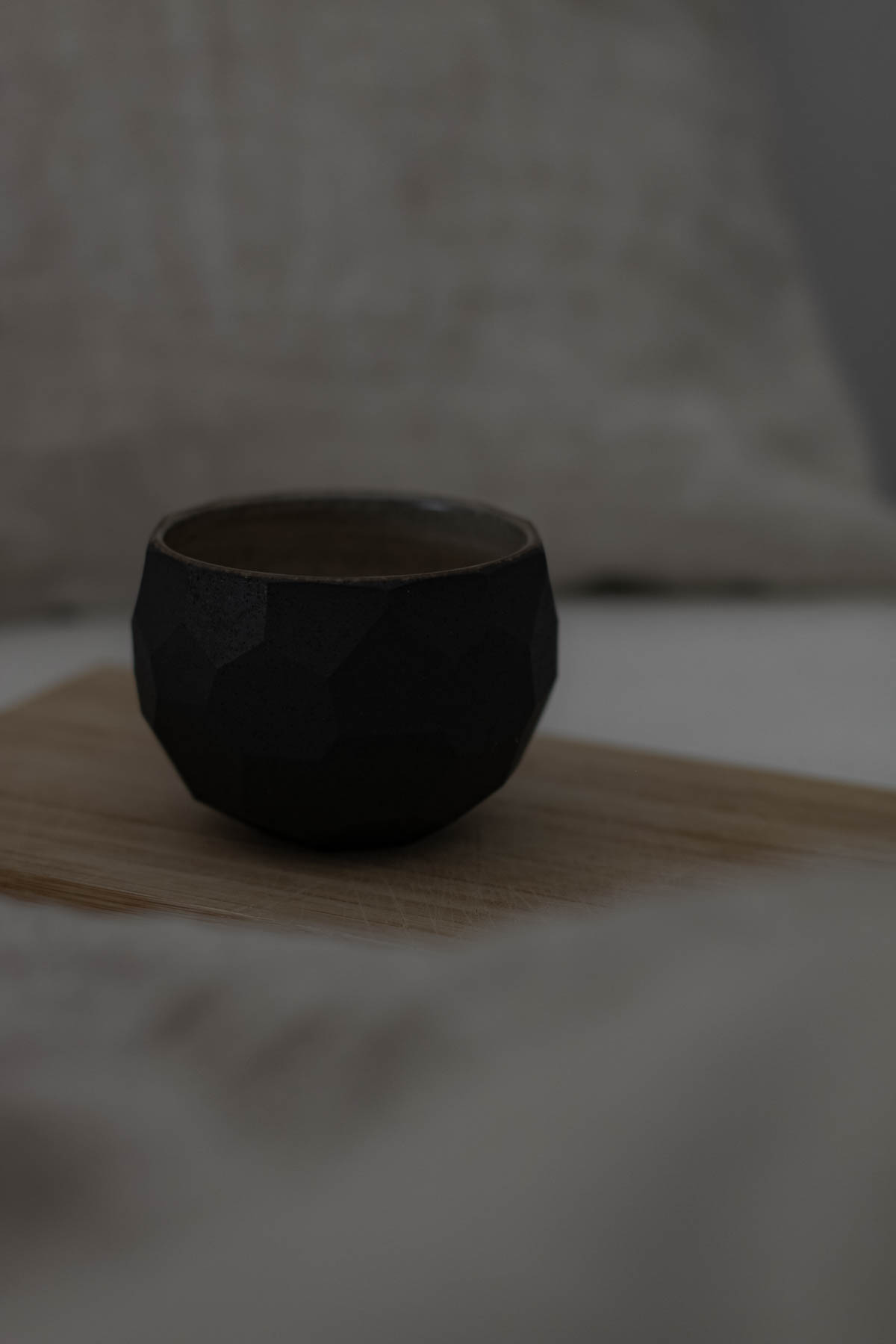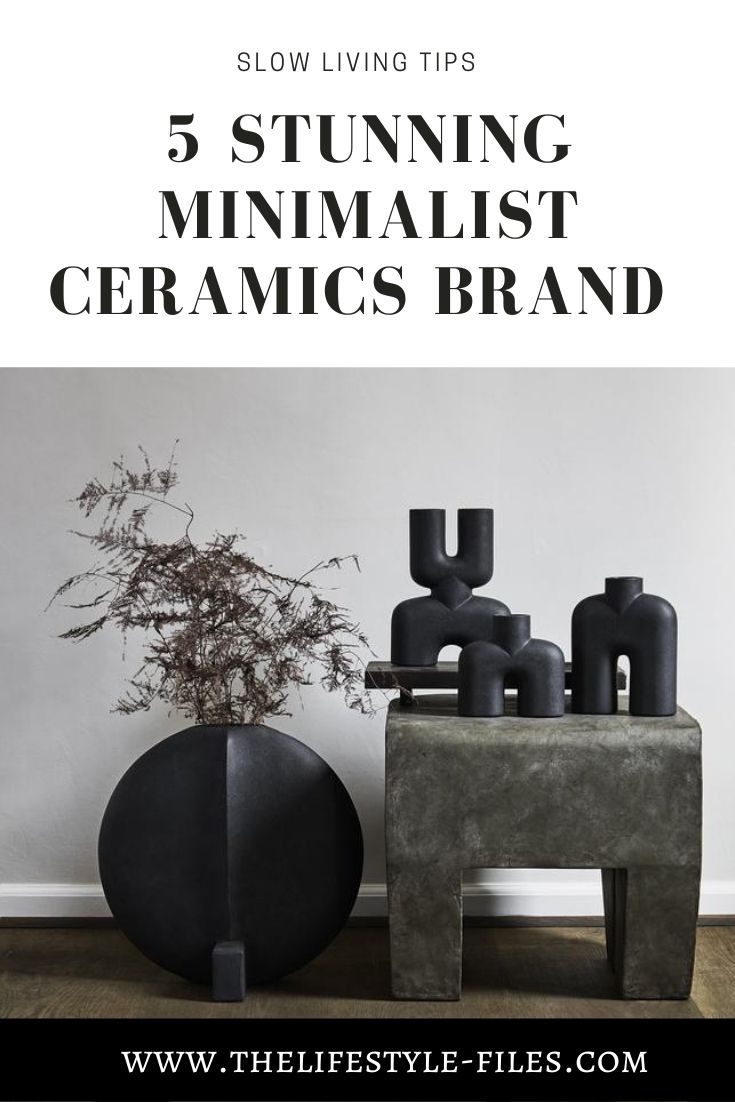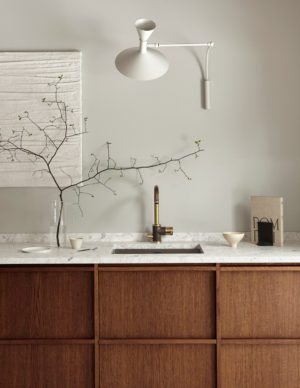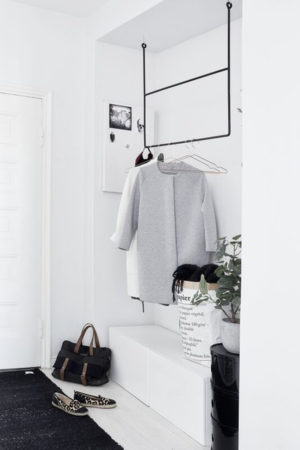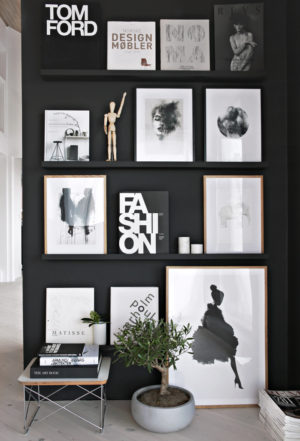It’s been almost two years since we have moved into our new apartment and the thing is – it’s still not fully finished. Granted, we didn’t have a lot of stuff to begin with, so we had to start the whole decorating and furnishing thing from scratch, and it’s a VERY time-consuming and costly process that cannot be rushed. However, the other reason for this quite slow process is that we’re trying to be very intentional about what we’re bringing into our life. Sure, an intentional and minimalist lifestyle is about reducing the stuff we have – but it’s just as much about being selective about what we have.
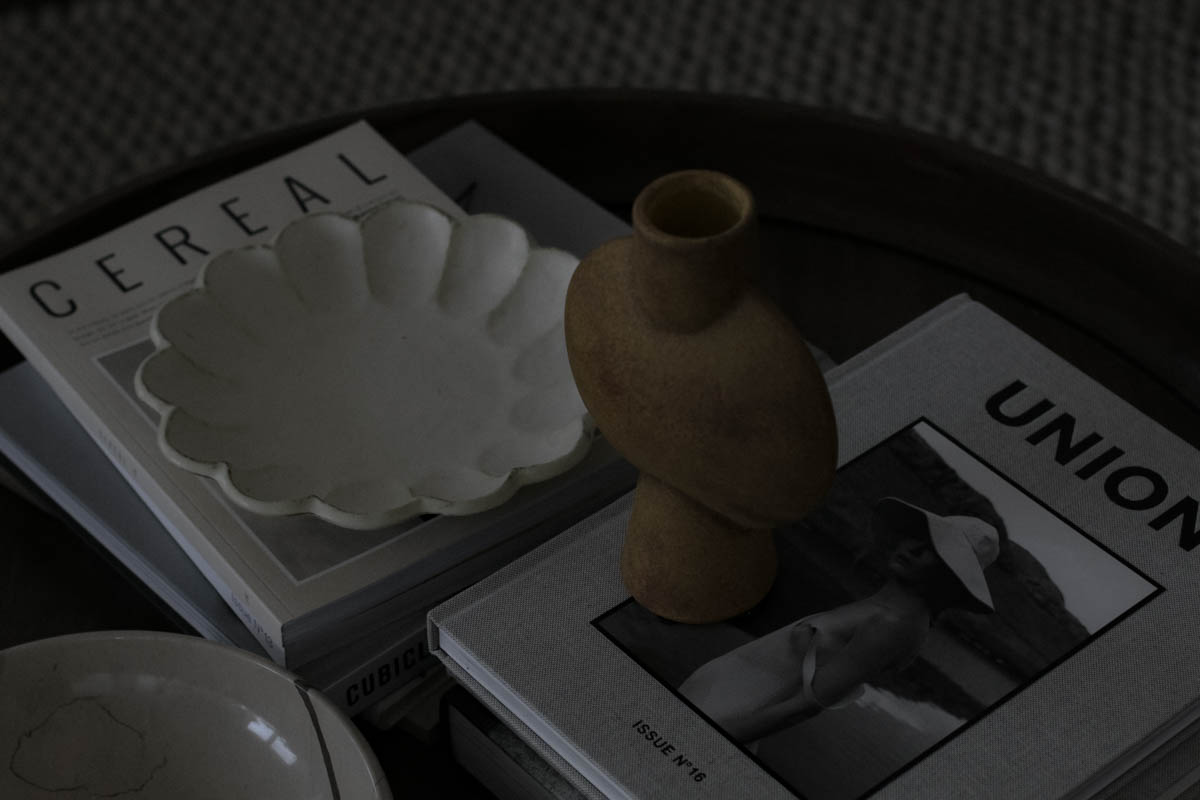
In the last few decades, as mass production took over the world, we somehow lost our connection to objects. Everything can be bought online in a matter of seconds, and everything can be replaced just as quickly. Things are produced in invisible factories halfway across the world. Trends come and go and we’re under constant pressure to follow them. Production is increasingly determined by cost factors often at the cost of duration and quality. If something is broken or simply just old (which is often measured in months and not in years), it is thrown away, and we don’t care about its afterlife or environmental impact.
If we want to opt out of this mad cycle of mass consumerism, we need to go back to recognizing the value of and appreciating high-quality craftsmanship. We need to stop treating objects with a throwaway mentality. We need to think about how they were made, who made them, and what was the actual, human, and environmental cost of production. We need to pause and think before we buy something, and we need to rediscover the joy of reusing things again and again.
Embracing the Slow Design philosophy could help with that.
Slow design is just as much about how things are made as to how we use them. On the artist’s end, it’s about fusing tradition and innovation, finding sustainable and ethical methods of production, and cherishing original designs and aesthetics while also paying attention to functionality. On the consumer end, it’s about buying things that are special to us and that fit with our home and lifestyle, making well-researched shopping decisions, making an effort to take care of things, and savor the everyday moments that are often overlooked or forgotten.
Slow Design artifacts/environments/experiences induce contemplation and…reflective consumption.
THE SLOW DESIGN PRINCIPLES, CAROLYN F. STRAUSS AND ALASTAIR FUAD-LUKE
You can practice the art of slow design in all art forms, but in my opinion, pottery is especially suited for it. It can pay homage to local traditions, it can take a variety of shapes and forms, it can be made by hand thus connecting you to the artist. Choosing slow design ceramics can elevate everyday routines into rituals and makes even the smallest moments special. It’s really worth taking your time and selecting special pieces as they will make a big difference in your life.
You can find five of my favorite ceramics brands below that follow the slow design principle. But don’t think you can only embrace this approach by buying new things or spending a lot of money on them (it’s true, hand-made quality ceramics often come at a higher price point). Some of my favorite ceramics in my home are from vintage or thrift stores – they are often even more meaningful to me as they have a secret history to them. Others I bought on vacations, in tiny shops by unknown brands or local artisans – they will forever remind me of those happy memories as well.
If you have the right mindset, you’ll know when and what to welcome in your life.
GVG Ceramics
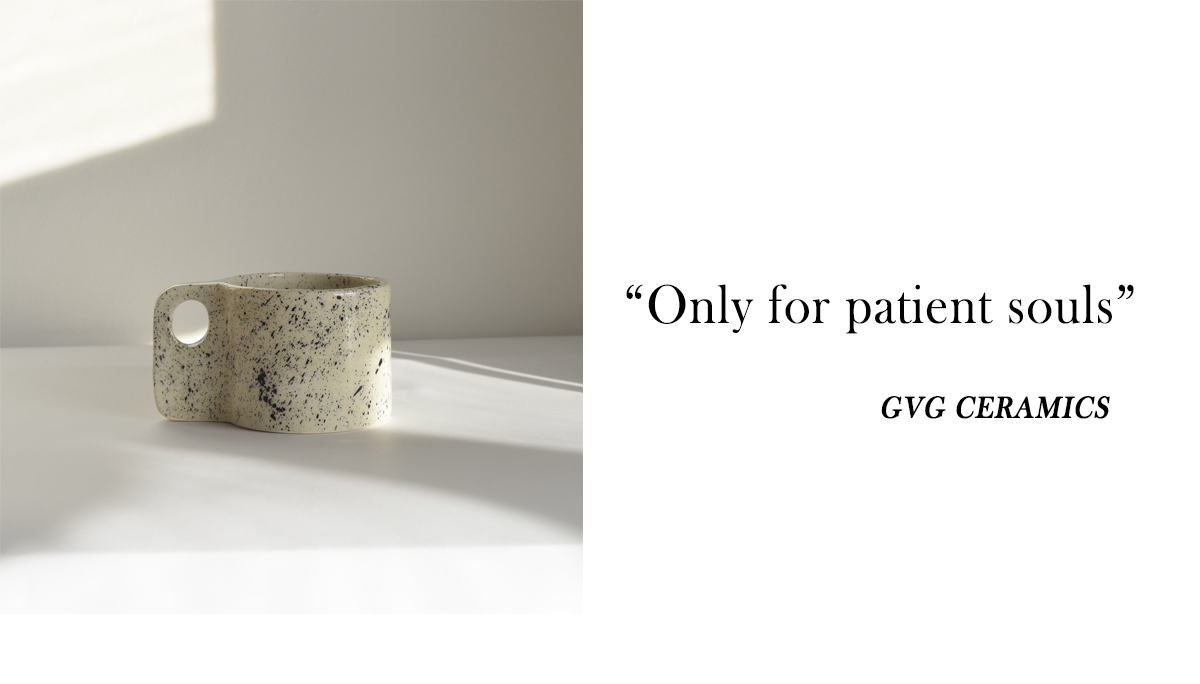
GVG Ceramics is the quintessential slow design brand – its beautiful, 60s style mugs are handmade by artist Karolina Bumbak in her small studio in Croatia. Even though her products are hugely popular all over the world, she remains true to her slow art principles and works in a made-to-order system offering only a handful of cups at the time, which usually sell out in minutes. You have to be really patient to buy her stuff (hence the motto), which will probably make you appreciate the object even more once you finally get it.
101 Copenhagen
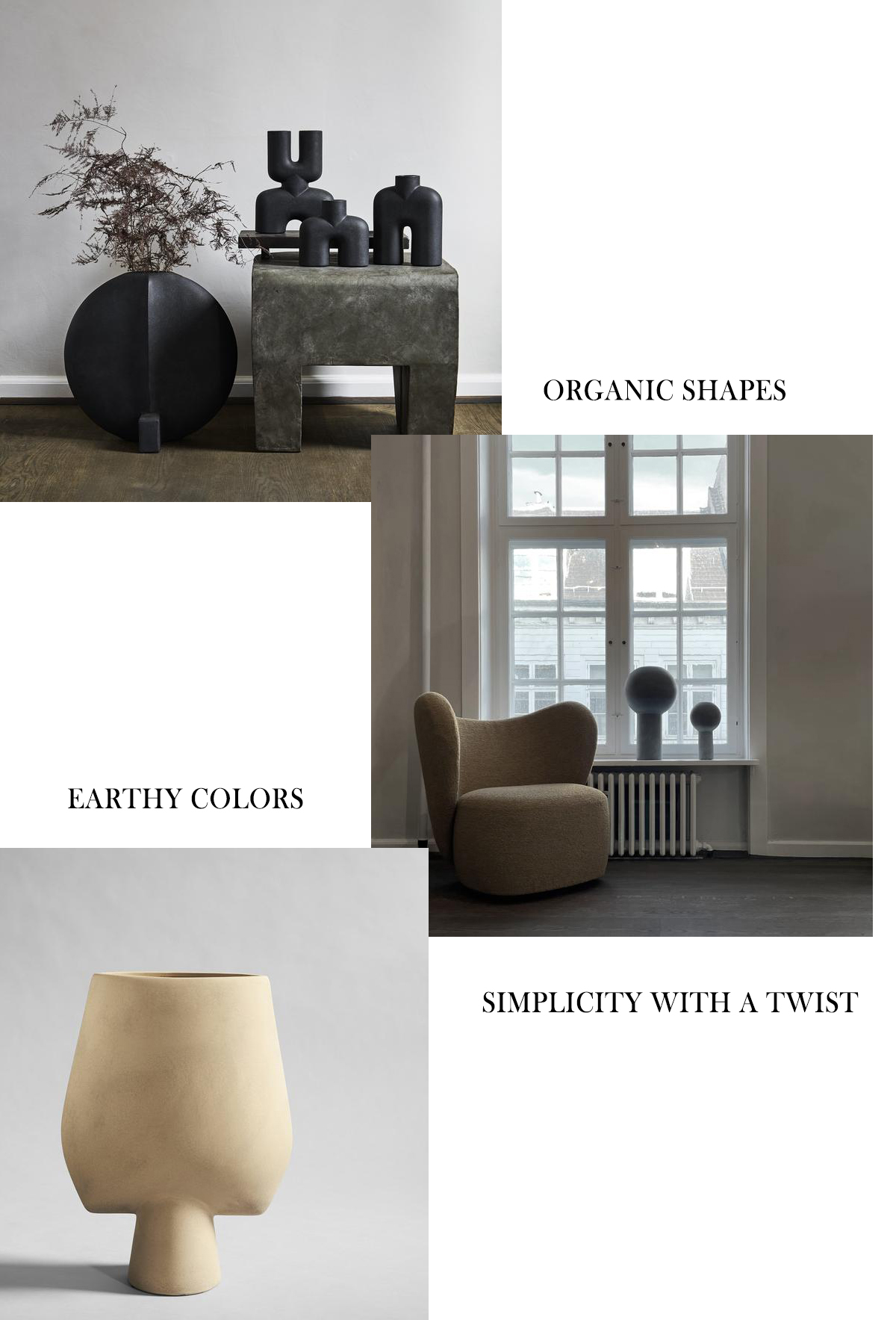
101 Copenhagen is a Danish design brand with very strong Japanese aesthetic influences. The ceramics are characterized by organic shapes, an earthy, natural color palette, refined textures, and simplicity with a twist. Their design ethos focuses on a fusion of Scandinavian design tradition and the timeless Japanese approach to traditional, yet innovative materials and techniques.
Kezemura
Kezemura is a small Hungarian design brand designing beautiful tableware pieces that elevate routines like drinking a cup of coffee into meaningful slow rituals. They aim to make unique and long-lasting pieces that create a harmonious atmosphere because they firmly believe that the objects around us affect how we feel (true). They offer worldwide shipping, but once again, you have to be patient and then quick if you wanna snatch up one of their coveted pieces as the shop only opens every few months or so and they usually sell out quickly.
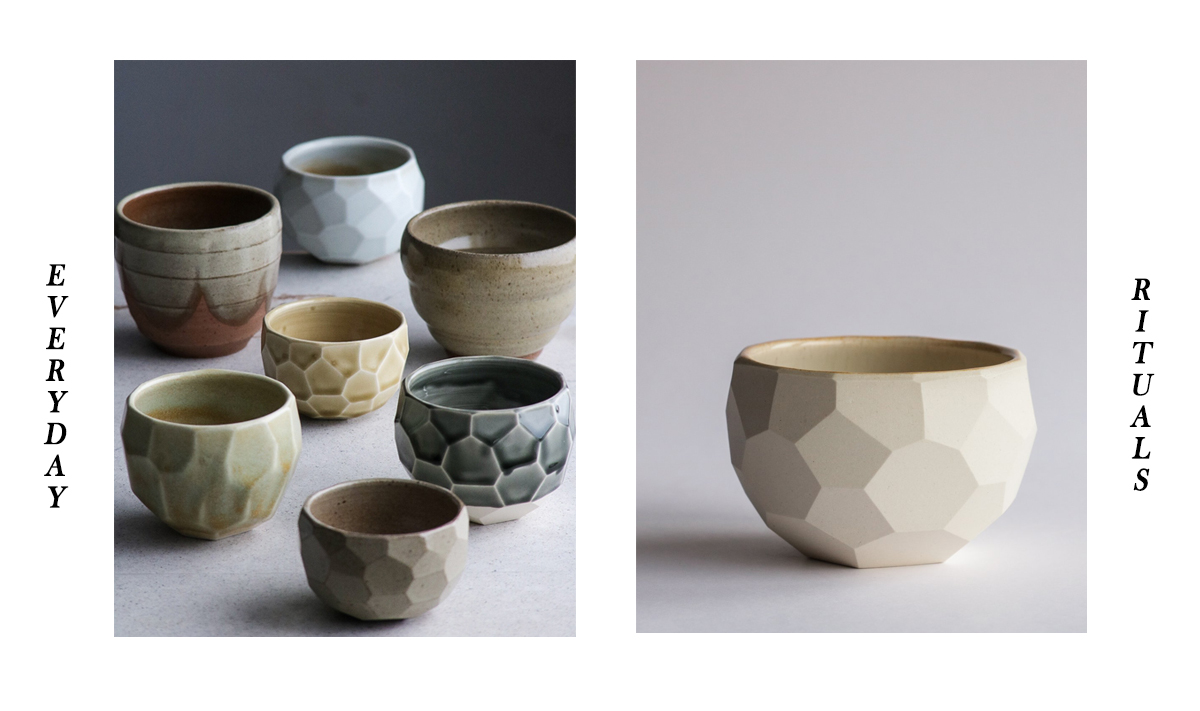
Kaneko Kohyo
Kaneko Kohyo Ceramics is a century-old Japanese brand committed to creating items that add a little happiness to our daily life. They preserve the traditional and much-admired local Mino-yaki pottery techniques, while also constantly coming up with new styles. Their most famous series is the Rinka, it’s a collection of tableware that innovates a traditional Japanese design that resembles flower petals. Simple, beautiful, and functional. You can buy them at various sellers around the world from Liberty London to LoveÉcru.
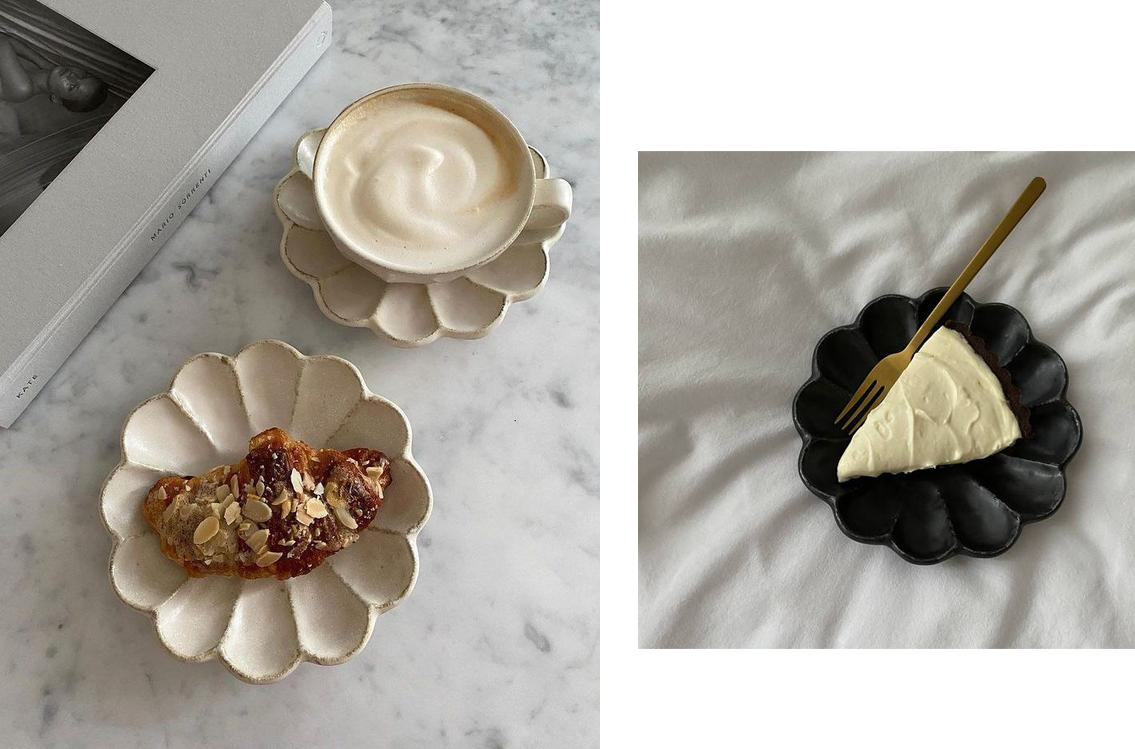
YŌNOBI
Behind each piece, there is a story. A story that reflects the artist’s ideas, inspiration, aesthetics, and techniques. The different stories are the heart of each piece and are what makes them special.
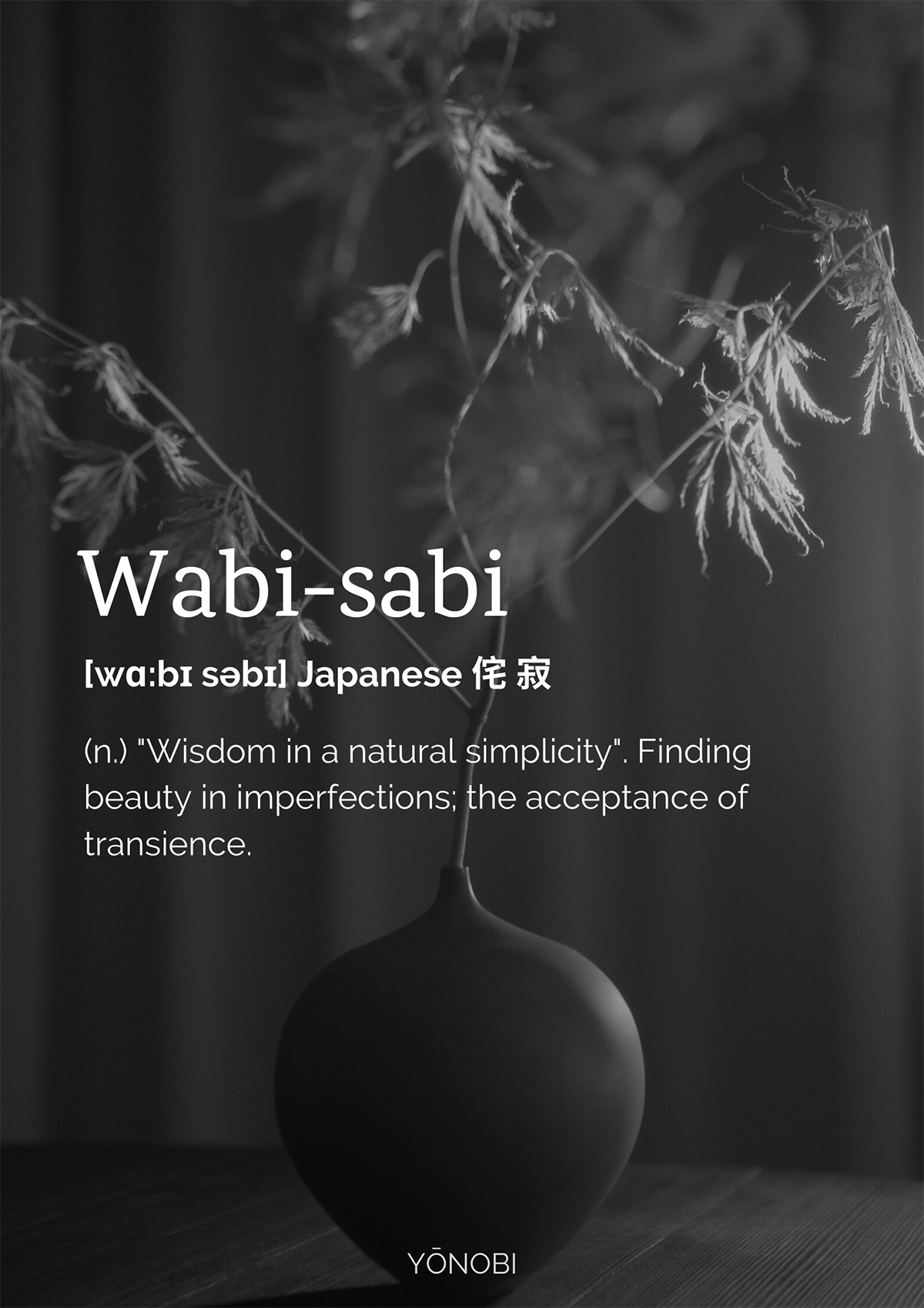
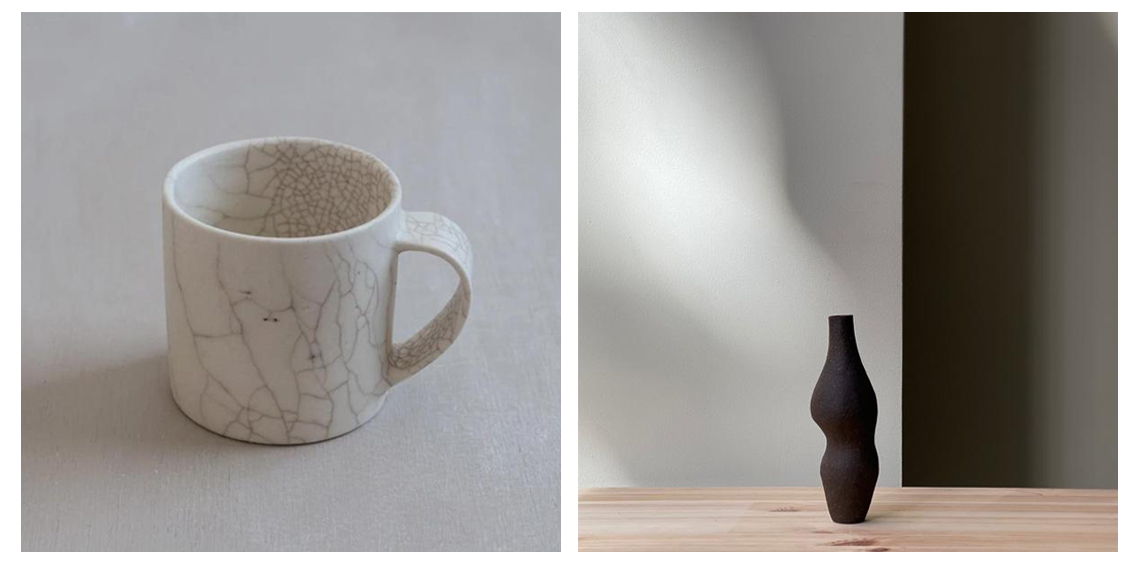
YŌNOBI is not a standalone brand, but a Danish ceramics store collaborating with more than 40 artists from all around the world. The artists all bring their unique shapes, forms, techniques, and style, but they are united by their love for craftsmanship, quality, and originality. Japan is a big source of inspiration behind the concept and aesthetics of YŌNOBI – it was named after the Japanese word YOnoBI (用美), which means beauty in practical objects made by craftsmen. Yo-no-bi consists of two kanji, yo (用) which means use or application, and bi (美) which means beauty. Together they aim to balance the aesthetic and the functional. Also, if you’re living in Copenhagen, you can also attend one of their special pottery workshops.

